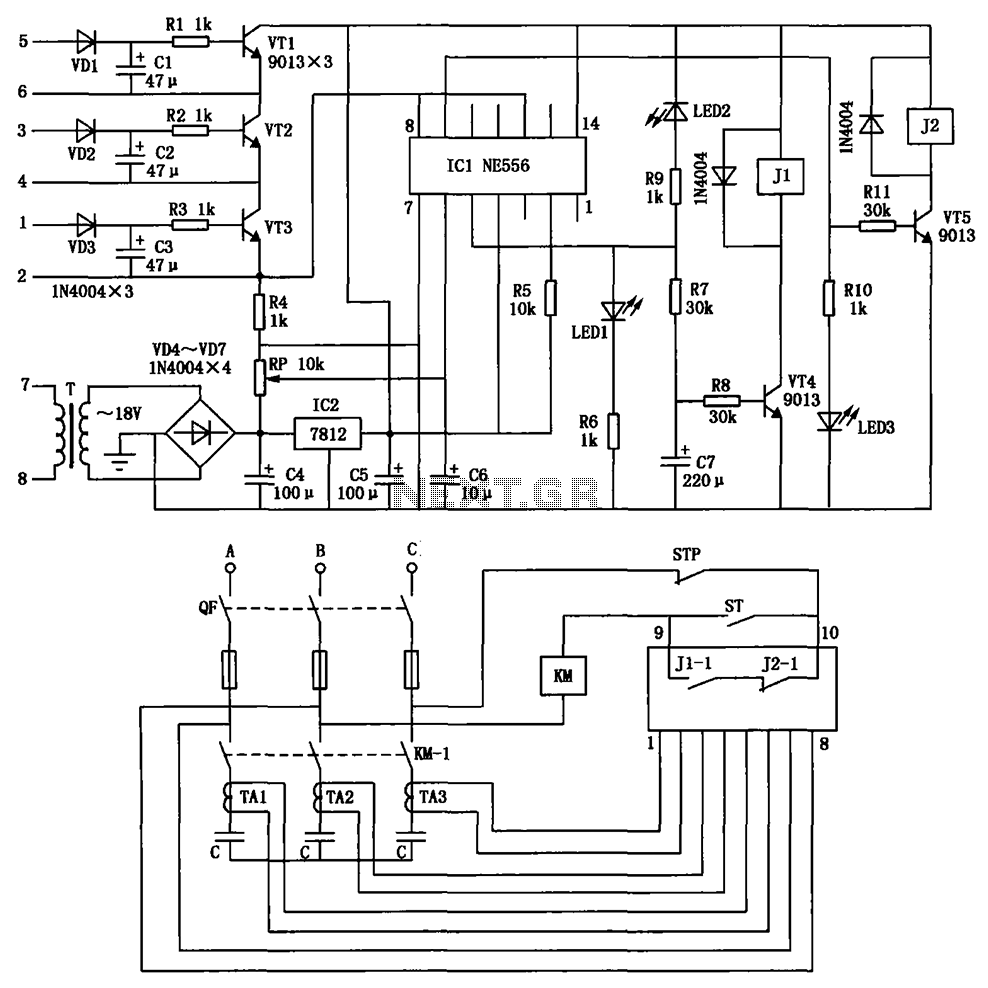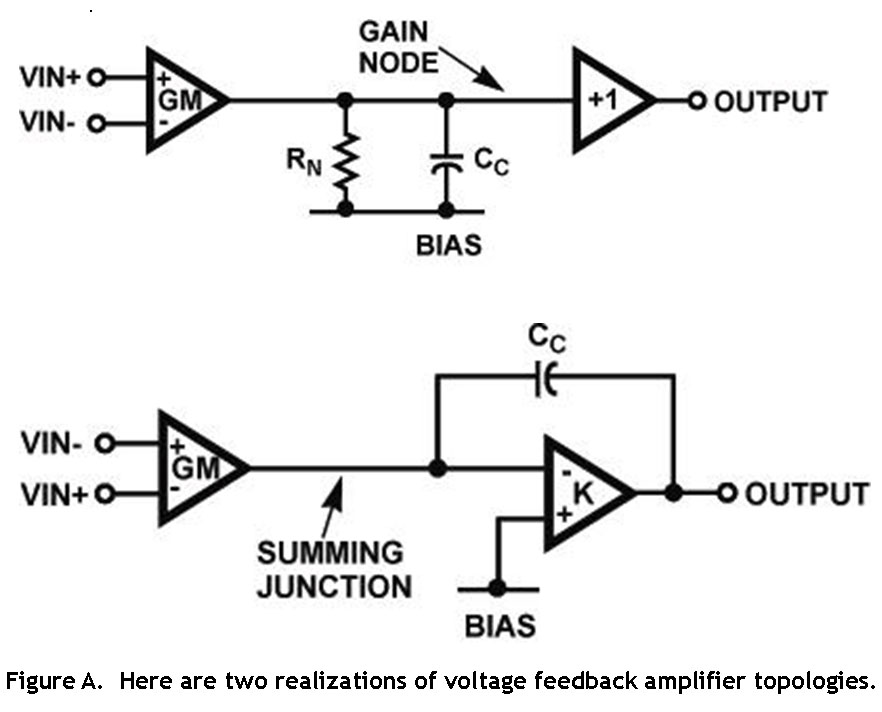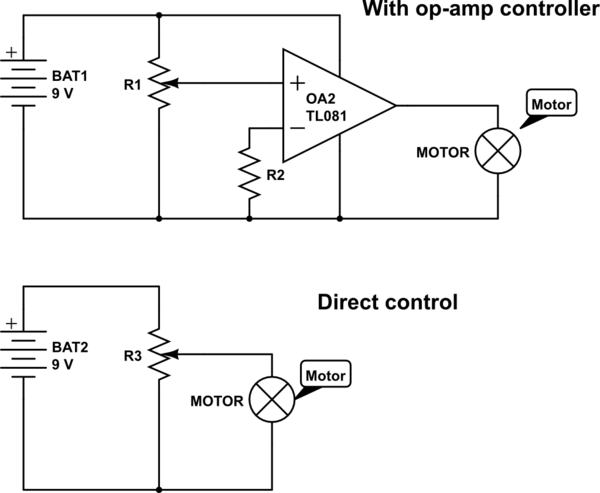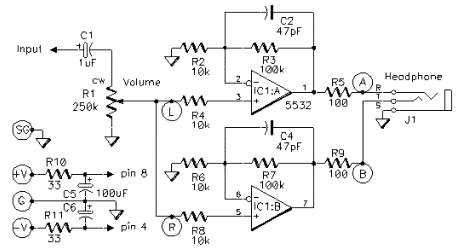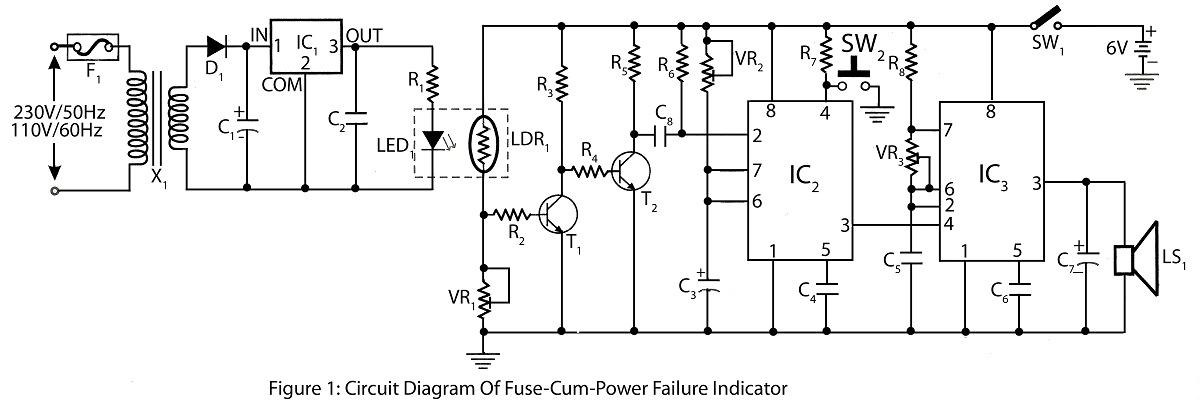
Class-A Power Amp
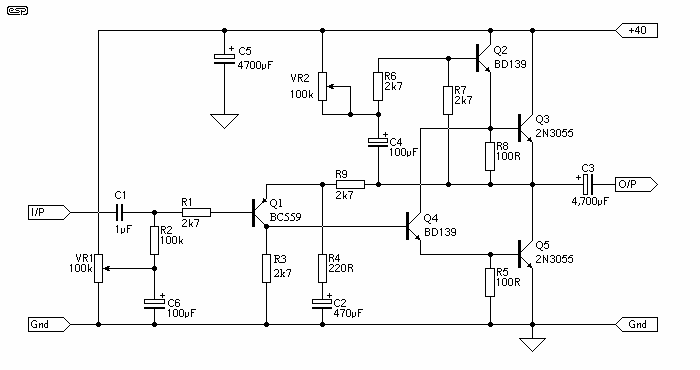
The capacitors needed for the power supply are massive to try to get rid of hum, and massive means expensive. The "improved" Zen is a little better, since it uses an inductor (or choke) in the supply - obviously the hum drove someone mad. Inductors are expensive too, and also hard to get, and the capacitance has been doubled in at least one version I have seen - ouch, this is seriously expensive! More: Well, actually I can see why it is popular. It satisfies the requirement of many amplifier builders, in that it is simple, stable, and very tolerant of layout and component variations. The sonic characteristics will also appeal to many, due to the valve-l
The power supply circuit described utilizes large capacitors to minimize hum, a common issue in audio amplifier designs. The significant capacitance is intended to smooth out voltage fluctuations, providing a stable DC output. However, the size and quality of these capacitors can lead to increased costs, which is a notable consideration for builders.
The "improved" Zen circuit introduces an inductor, or choke, in the power supply path. Inductors serve to further reduce ripple by opposing changes in current, thus enhancing the overall performance of the power supply. The use of an inductor can lead to a more refined audio output by mitigating high-frequency noise and hum, which is often a concern in audio applications.
It is important to note that while the addition of inductors can improve performance, they also contribute to the overall expense and complexity of the circuit. Availability of high-quality inductors can be limited, which may pose challenges for builders seeking to implement this design.
Moreover, the mention of increased capacitance in certain versions indicates a design evolution aimed at further improving performance. Doubling the capacitance can significantly enhance the power supply's ability to handle transient loads, providing a more robust and responsive audio experience.
The appeal of this design lies in its simplicity and stability, which are critical for many amplifier builders. The circuit's tolerance to variations in layout and components makes it accessible for both novice and experienced builders. Additionally, the sonic characteristics associated with this design, particularly in valve amplifiers, can attract enthusiasts seeking warm and rich audio reproduction.
Overall, this power supply design balances performance and cost, making it a viable option for audio amplifier applications while considering the trade-offs associated with component selection.The capacitors needed for the power supply are massive to try to get rid of hum, and massive means expensive. The "improved" Zen is a little better, since it uses an inductor (or choke) in the supply - obviously the hum drove someone mad.
Inductors are expensive too, and also hard to get, and the capacitance has been doubled in at least one version I have seen - ouch, this is seriously expensive! Well, actually I can see why it is popular. It satisfies the requirement of many amplifier builders, in that it is simple, stable, and very tolerant of layout and component variations. The sonic characteristics will also appeal to many, due to the valve-l 🔗 External reference
The power supply circuit described utilizes large capacitors to minimize hum, a common issue in audio amplifier designs. The significant capacitance is intended to smooth out voltage fluctuations, providing a stable DC output. However, the size and quality of these capacitors can lead to increased costs, which is a notable consideration for builders.
The "improved" Zen circuit introduces an inductor, or choke, in the power supply path. Inductors serve to further reduce ripple by opposing changes in current, thus enhancing the overall performance of the power supply. The use of an inductor can lead to a more refined audio output by mitigating high-frequency noise and hum, which is often a concern in audio applications.
It is important to note that while the addition of inductors can improve performance, they also contribute to the overall expense and complexity of the circuit. Availability of high-quality inductors can be limited, which may pose challenges for builders seeking to implement this design.
Moreover, the mention of increased capacitance in certain versions indicates a design evolution aimed at further improving performance. Doubling the capacitance can significantly enhance the power supply's ability to handle transient loads, providing a more robust and responsive audio experience.
The appeal of this design lies in its simplicity and stability, which are critical for many amplifier builders. The circuit's tolerance to variations in layout and components makes it accessible for both novice and experienced builders. Additionally, the sonic characteristics associated with this design, particularly in valve amplifiers, can attract enthusiasts seeking warm and rich audio reproduction.
Overall, this power supply design balances performance and cost, making it a viable option for audio amplifier applications while considering the trade-offs associated with component selection.The capacitors needed for the power supply are massive to try to get rid of hum, and massive means expensive. The "improved" Zen is a little better, since it uses an inductor (or choke) in the supply - obviously the hum drove someone mad.
Inductors are expensive too, and also hard to get, and the capacitance has been doubled in at least one version I have seen - ouch, this is seriously expensive! Well, actually I can see why it is popular. It satisfies the requirement of many amplifier builders, in that it is simple, stable, and very tolerant of layout and component variations. The sonic characteristics will also appeal to many, due to the valve-l 🔗 External reference
